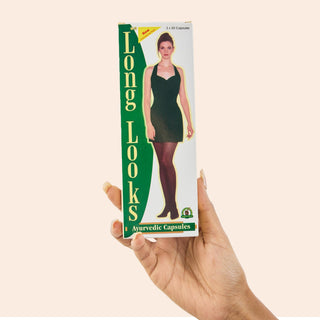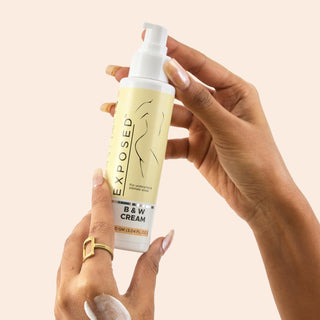Joint pain is extremely common, especially as you age. It can be felt in multiple body parts, including hands, feet, knees, hips, and spine. This condition may affect joint function while limiting a person’s ability to do basic tasks. Severe joint pains can affect the quality of life and need immediate attention.
While age plays a significant role in stiff and painful joints, there are several other causes that may trigger this problem in middle-aged or older adults. Wondering about what possible causes we are pointing to? Here’s a comprehensive guide outlining common reasons leading to joint pains and effective treatments that may help you find relief.
Why Does Joint Pain and Stiffness Occur?
With age, stiff joints become a reality for many people. The condition may be mild or severe and accompanied by pain and inflammation. However, not all stiff and painful joints are the result of age. Many other conditions can trigger this problem, including arthritis, lupus, etc.
In addition, lifestyle factors, like weight and diet, can also impact joint mobility. Wish to dig more? Keep reading to learn about possible causes leading to joint pain and stiffness.
The most common cause of joint pain is Rheumatoid Arthritis. Its symptoms typically occur between the age of 30 and 60. RA is a chronic inflammatory disorder causing inflammation, pain, and stiffness. It can also lead to joint deformity and bone erosion.
Since RA is an autoimmune disease, it has no cure, and its symptoms can’t be entirely eliminated. However, you can manage this condition through medications and a healthy lifestyle.
The second most common cause that may trigger joint pain and stiffness is Gout. This condition manifests suddenly, setting it apart from other potential triggers. It may appear when you’re asleep, making the joints painful when you wake up.
Gout is a type of arthritis that can impact any joint. The big toe is usually the first joint to experience symptoms. Also, this condition impacts men more often than women.
You may develop Bursitis when bursae become inflamed. Bursae refer to tiny-filled sacs that cushion the bones, muscles, and ligaments in your joints. This condition can impact any joint, but it’s most common in large joints, such as Elbow, Hip, or Shoulder.
Bursitis becomes more common with aging and may cause stiffness and pain in the affected joint. While this condition might not be entirely prevented, you can reduce the severity of flare-ups by keeping the affected joint stationary for several weeks.
Another potential trigger leading to stiff and painful joints is Osteoarthritis (OA). It is sometimes called degenerative arthritis and is most common in people over 50. This condition usually results from wear and tear on your joints.
OA can impact any joint in the body, but it primarily affects the knees, back, fingers, hips, and neck. As Osteoarthritis progresses, it begins to show symptoms other than stiffness, like pain, swelling, and cracking sounds when the joint is in motion.
Like RA, Lupus is also a chronic autoimmune disease. And the worst part is that the condition is difficult to diagnose. Most Lupus symptoms mimic other health conditions, thus taking more than usual to diagnose.
Since it is an autoimmune disease, you will likely experience its symptoms for the rest of your life.
How to Find Relief from Stiff Joints?
Joint pain can range from mildly irritating to debilitating. But thankfully, the condition can be managed with medication, physical therapies, and other alternative treatments. Below are some effective methods that may help you ease joint stiffness and pain.
Both temperature extremes may prove helpful for managing stiff and painful joints. Apply a cold compress for 15 to 20 minutes several times a day. It may help you reduce inflammation and swelling.
In addition, using a heating pad or hot water bottle is suggested to relax muscles and joint pain.
You can find relief for many mild symptoms of joint pain using OTC medicines. However, these medications can sometimes increase the risk of gastrointestinal bleeding and cause other potential side effects.
Hence, you should turn to Ayurvedic and herbal supplements, like Rumacure Capsules - Ayurvedic Medicine for Joint Pain, to manage this condition. This medicine contains a pack of useful ingredients, like Asthisambharaka, Jaiphal, Ashwagandha, Pippli, Rengani, etc., that helps in reducing swelling while improving blood circulation.
Aside from medications, physical therapies, and exercises may help increase joint mobility and reduce stiffness. It’s also a great way to maintain your ideal body weight, thus reducing the risk of obesity or other conditions that cause joint pain and stiffness.
Summing Up
Although stiff and painful joints are common as you age, they can be a sign of other potentially debilitating RA or infection. Hence, it’s advised to pay attention to this medical condition and find the underlying cause of your discomfort.



